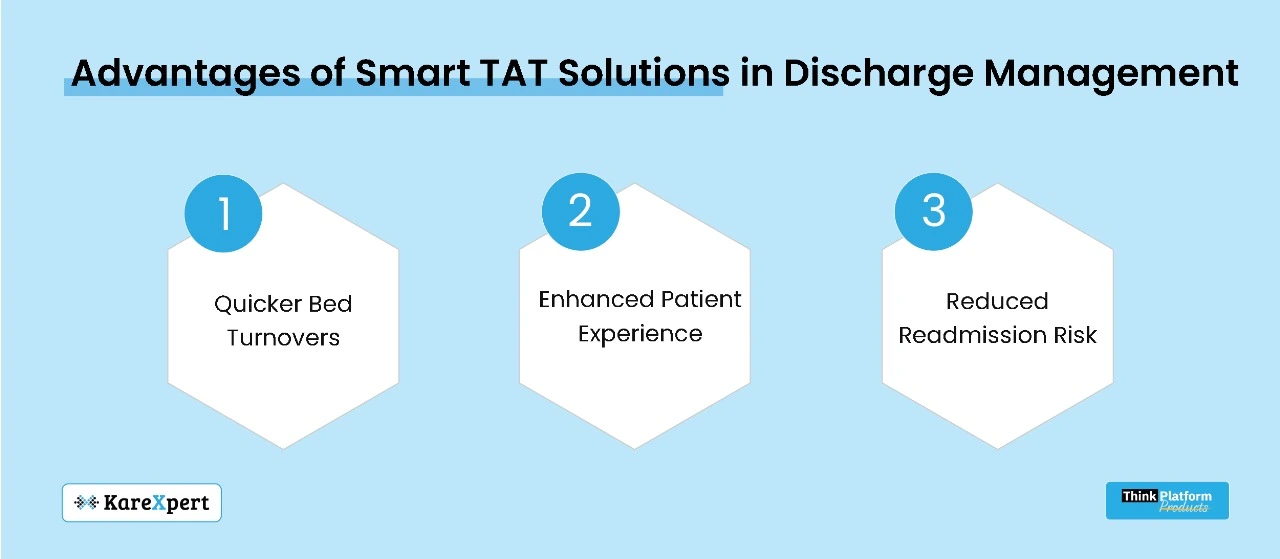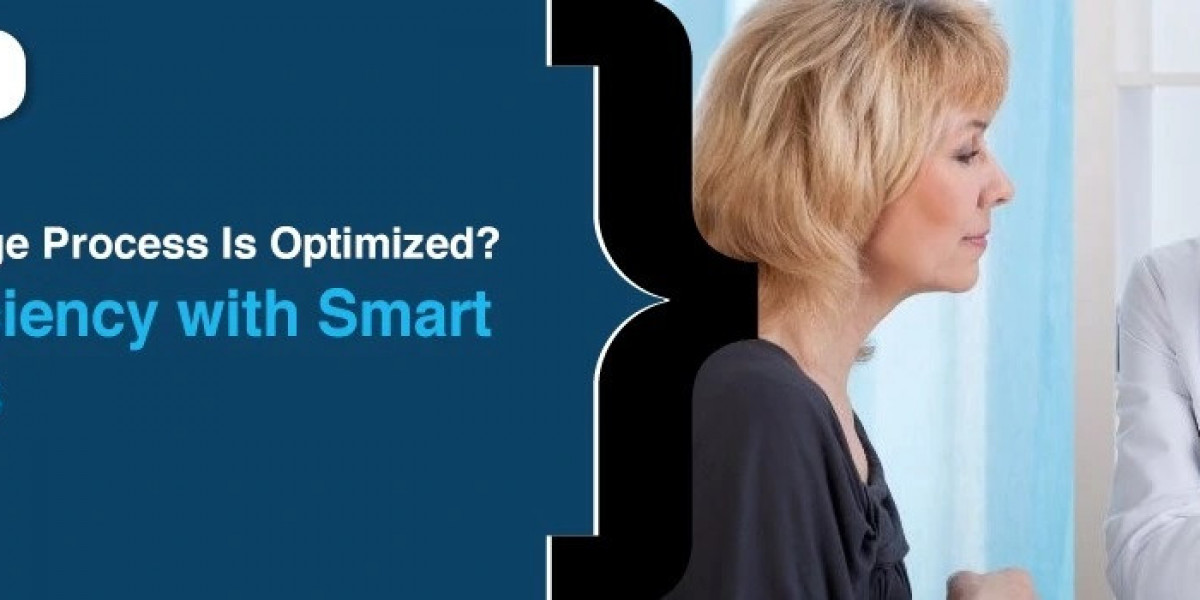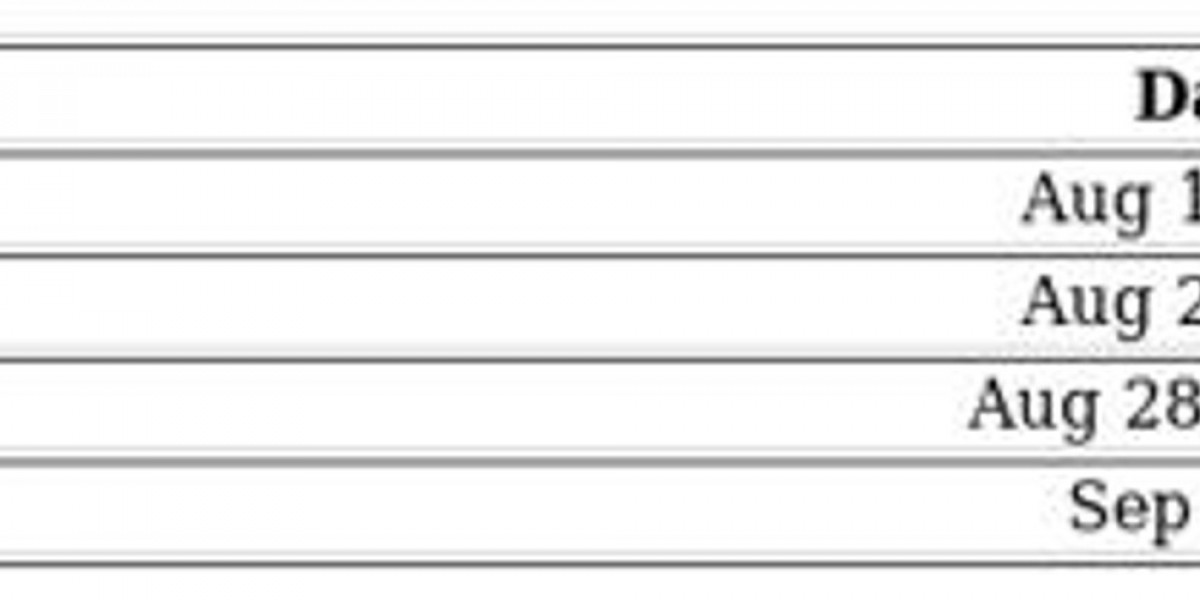Discharge is a high-stakes moment for patient satisfaction and operational efficiency in any healthcare facility. However, many healthcare providers mistakenly believe their discharge processes are well-optimized when, in reality, they are plagued with inefficiencies that result in prolonged patient stays, high costs, and decreased quality of care.
The real issue is not at-home patient management but an outdated discharge management system that doesn’t take advantage of the efficiency brought by Smart TAT (Turnaround Time) solutions. These Smart Inpatient Discharge Solutions are transforming how healthcare organizations manage patient discharges, speeding up throughput, enhancing accuracy, and improving the patient experience.
This article explores why traditional discharge processes are far from optimized and how Smart TAT solutions are redefining the concept of efficiency in healthcare.
1. The Issue with Conventional Discharge Methods
The discharge process in most healthcare facilities is often more complicated and time-consuming than necessary. The process includes medical clearance, discharge instructions, medication reconciliation, final billing, and patient transportation—all of which involve collaboration among multiple departments, including doctors, nurses, pharmacists, and administrative staff.
Slowed by Manual Workflows
Most traditional discharge processes are manual, involving time-consuming tasks that are prone to error. For example, medical clearance, medication reconciliation, and administrative paperwork are often completed manually, which leads to delays and errors.
Furthermore, communication among departments can be inefficient, leading to bottlenecks that prolong the discharge process. This inefficiency increases the length of hospital stays, delays bed availability for incoming patients, and negatively affects patient satisfaction.
Readmission Risks
When critical tasks like medication reconciliation and patient education are neglected or rushed, patients are more likely to misunderstand their discharge instructions, leading to potential readmissions or complications. Unplanned readmissions are costly for healthcare providers and can tarnish their reputation.
2. What Are Smart TAT Solutions?
Smart Turnaround Time (TAT) solutions are goal-oriented, technology-driven systems designed to streamline discharge processes by automating workflows, improving communication, and delivering real-time data analytics. These solutions often include machine learning, predictive analytics, and integrated data platforms for end-to-end discharge management.
Automated Workflow Management
Smart TAT solutions automate many of the manual tasks associated with discharge. For example, when a doctor places a discharge order, the system alerts the necessary departments—nursing, pharmacy, billing—so they can begin their tasks. This automated process ensures that each department completes its tasks efficiently and without miscommunication, thereby reducing delays.
Real-Time Data and Predictive Analytics
Smart TAT solutions rely on real-time data to track each step of the discharge process, allowing healthcare providers to identify bottlenecks and intervene when necessary. Predictive analytics can also anticipate potential issues, such as medication delays or billing errors, enabling hospitals to address problems before they affect the discharge process.
3. Advantages of Smart TAT Solutions in Discharge Management

Smart TAT solutions go beyond streamlining the discharge process—they revolutionize it, creating a more efficient, patient-centered approach to healthcare.
Quicker Bed Turnovers
One of the most significant advantages of Smart TAT solutions is the reduction in bed turnaround time. By automating Hospital Management Software, these solutions drastically reduce the time between when a patient is discharged and when the bed becomes available for the next patient. This is especially important in healthcare settings with limited bed availability.
Enhanced Patient Experience
An efficient discharge process leads to a better patient experience. With Smart TAT solutions, patients can be discharged more quickly and with clearer communication throughout the process. Personalized discharge instructions are delivered digitally, ensuring patients leave the hospital with a thorough understanding of their post-discharge care.
Reduced Readmission Risk
Smart TAT solutions ensure that critical steps like medication reconciliation, follow-up appointment scheduling, and patient education are seamlessly integrated into the discharge process. By equipping patients with the information and tools they need for recovery, these solutions help reduce the risk of readmissions.
Cost Savings
By reducing the length of hospital stays, improving bed turnover, and minimizing readmissions, Smart TAT solutions generate significant cost savings for healthcare providers. Automated discharge workflows also reduce the need for additional administrative staff, further lowering operational costs.
4. Overcoming Barriers to Smart TAT Solutions
Despite the clear benefits, some healthcare providers hesitate to adopt Smart TAT solutions due to concerns about cost, complexity, and staff resistance. However, these barriers can be addressed with the right strategy.
Initial Investment vs. Long-Term Savings
While implementing a Smart TAT solution requires an upfront investment, the long-term savings far outweigh the initial costs. Hospitals can achieve a rapid return on investment (ROI) by optimizing bed turnover times, lowering readmissions, and improving workflow efficiency.
Training and Adaptation
Staff training is crucial to the successful implementation of Smart TAT solutions. Most solutions are designed with user-friendly interfaces and intuitive workflows, making them easy for staff to learn. Comprehensive training and continuous support can ensure a smooth transition.
Resistance to Change
Some staff may be reluctant to adopt new technology. To overcome this resistance, healthcare providers should emphasize the benefits of Smart TAT solutions, including reduced workloads, improved patient outcomes, and enhanced operational efficiency. Creating a culture of innovation and continuous improvement can also help encourage staff buy-in.
Conclusion: Redefining Discharge Efficiency with Smart TAT Solutions
If you think your discharge process is fully optimized, think again. Traditional discharge methods are often riddled with inefficiencies that prolong patient stays, reduce bed availability, and increase operational costs. Smart TAT solutions are transforming discharge management, automating workflows and streamlining communication to improve both patient care and operational efficiency.
With quicker bed turnovers, reduced readmission rates, and significant cost savings, Smart TAT solutions are a game-changer for healthcare facilities looking to elevate their discharge processes to new levels of operational excellence.
Source: Revolutionizing Patient Discharge: How Smart TAT Solutions Are Redefining Healthcare Efficiency








